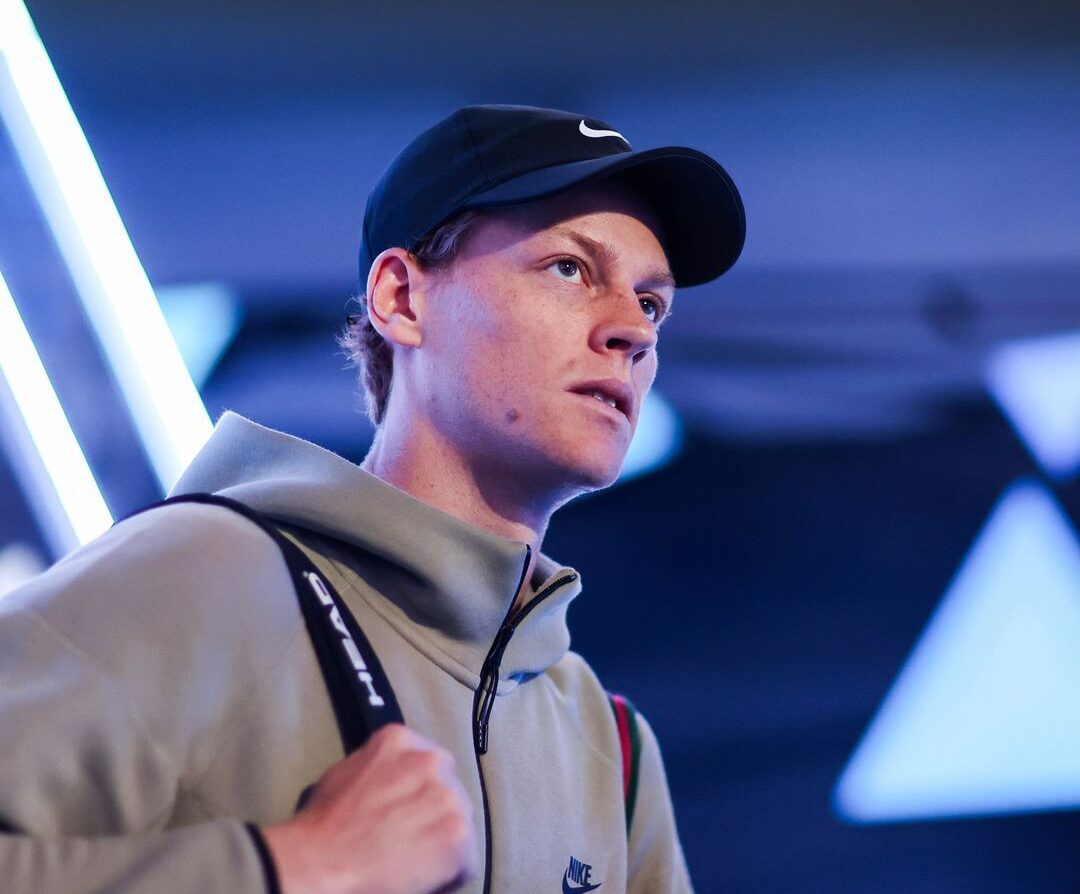Jannik Sinner’s domination: player’s success isn’t just about talent

Jannik Sinner is widely regarded as one of the best players in tennis today. His lead in the championship race over second-placed Alexander Zverev exceeds 3,600 points, ensuring he will finish the year as the world number one. He also leads in titles won this year, securing seven trophies.
The only blemish on this successful year is a doping scandal: clostebol was found in his sample, and WADA is seeking to disqualify Sinner for one to two years from the date of the CAS decision.
Here’s a closer look at this remarkable Italian tennis player.
The beginning of his journey
Let’s take a look at Sinner’s early years and the journey that led him into professional tennis, showing how his background shaped the player he is today.
Until the age of 13, Sinner focused mainly on ski slalom, with tennis as a hobby. That year, he caught the eye of Carlo Piazzi, who recognized his potential. Remarkably, Sinner skipped the entire junior circuit, avoiding major tournaments during his formative years—a path that might have seemed limiting, as the junior circuit is where players gain crucial experience and visibility. However, Jannik proved otherwise.

In his French Open debut in 2020, the 19-year-old Sinner reached the quarterfinals, becoming the first player since Rafael Nadal in 2005 to achieve this feat at their first Roland Garros. He was also the youngest quarterfinalist at the tournament since Novak Djokovic in 2006. By 2021, Sinner had broken into the top 10 and won four titles. In 2022, he reached the quarterfinals at three Grand Slams.
A credit to his parents
To understand Sinner’s growth, it’s important to consider the role his parents played in his journey. Their support provided the foundation for his later success. At just eight years old, Sinner was a finalist in the national giant slalom championship. When he chose to pursue tennis at 14, his parents, Johann and Siglinde Sinner, supported his decision without interference.

Sinner often emphasizes in interviews that they allowed him to make his own choices, which is rare in a sport where parental control is common. Non-authoritarian parents are rare in tennis; often, parents like Holger Rune’s mother take a highly involved role, which can lead to inconsistent performance and frequent coaching changes.
Interestingly, his parents’ professions initially led him to skiing—they met while working at a ski resort in Italy, his mother as a waitress and his father as a chef. His father even traveled with Jannik as the team chef, allowing them to spend more time together.
The secret to Sinner’s game
Sinner’s success isn’t just about talent; it’s also about key strategic decisions and improvements in his game, especially in recent years.
After a downturn in 2022, Sinner made a strategic change following his loss to Stefanos Tsitsipas at the 2023 Australian Open, teaming up with Simone Vagnozzi and Darren Cahill. Since then, Sinner has won two Grand Slam titles, becoming only the third player in the Open Era to win his first two Grand Slams in the same season, joining Jimmy Connors (1974) and Guillermo Vilas (1977).

One key improvement with his new team has been refining his serving technique, making it more reliable and allowing him to control games more effectively. Sinner’s serve isn’t a primary weapon like Hubert Hurkacz’s; rather, it sets up his points. He effectively uses it to execute combinations like serve and volley, serve + 1, or an attack through his powerful forehand, his specialty.
Currently, Sinner is the best player under pressure, winning over 72 percent of his breakpoints in the past six months, significantly higher than other top players like Novak Djokovic and Carlos Alcaraz, who average around 65 percent. His background as a junior ski slalom champion also contributes to his exceptional sense of speed, enabling him to return powerful serves from players like Ben Shelton and Hurkacz. His break conversion rate stands at 42 percent, placing him among the best in this metric. Skiing improved his footwork, skills that he successfully transferred to the tennis court with impressive results. Sinner has always excelled in short exchanges (up to six shots), but he has now learned to endure long rallies, waiting patiently for an opponent’s mistake or the perfect opportunity to unleash his powerful forehand.
A powerful serve, impressive pace, endurance from the baseline, and a quick switch to attacking tennis are all crucial for a modern player aiming to win. However, the secret to Sinner’s game lies in his pursuit of consistency across all aspects of his play.




